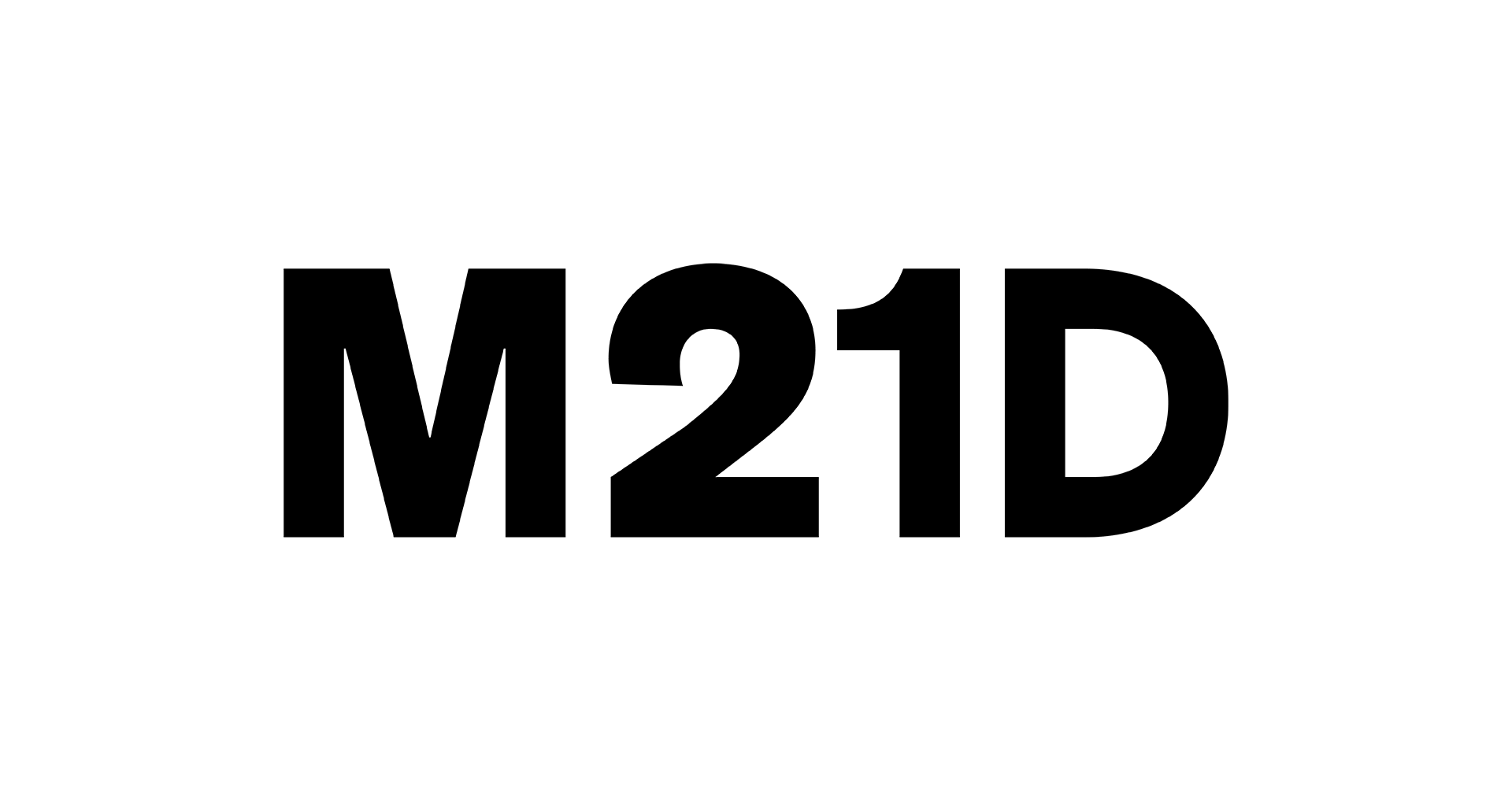Nokia 1100 Mobile Phone
A durable, fixable phone for millions.

In 2003, the Finnish telecommunications company Nokia began manufacturing the Nokia 1100, a mobile phone roughly the size of a candy bar and weighing 93 grams. Its feature set included a small monochrome screen (95 x 63 pixels), flashlight, alarm clock, stopwatch, calculator, ring-tone composer, console (including the game Snake!), and screensaver. Its memory capacity allowed users to keep fifty contacts and retain fifty SMS messages. But that’s not all.
In the original press release, Nokia explained that it developed the phone for first-time users in Russia, India, China, Africa, the Middle East, and Asia-Pacific. The company hoped to bring “the benefits of mobility to consumers in new-growth markets” with a practical, simple, and inexpensive mobile-phone option. The company priced it accordingly. According to Global Media, Nokia initially sold the phone in the European market for €114.00 (about $100.00), and users would spend 15-20 cents per text or have a monthly allotment of texts. These prices were much more accessible than the Blackberries and eventual iPhones joining the market.
With this goal in mind, the designers also gave the Nokia 1100 a keypad and front cover designed to protect against dust and sweat in humid weather. Users could pull the phone apart and purchase replacement parts when necessary rather than purchase an entirely new phone. The most impressive feature? Its battery power — a fully charged phone could stay on standby for 400 hours without powering down. Or, one very long, 4-hours-and-30-minute conversation. An article in The Print shares a series of stories about the amazing durability of the Nokia 1100. For example, the phone saved a man’s life in Afghanistan when a bullet lodged itself in the device rather than his body.
Nokia succeeded in its goal of manufacturing something that lasts. In 2011, Nokia announced it had sold more than 250 million phones. It remains the world’s best-selling mobile phone by the number of units sold. The BBC notes that the Nokia 1100 isn’t only the best-selling phone but the best-selling “electrical gadget” of all time, beating the Playstation II for the top spot.
Low-tech phones like the Nokia 1100 have enjoyed a resurgence of popularity in North Amercia and Europe. One report from Counterpoint says that global purchases of low-tech phones were due to hit one billion units in 2020, up from 400 million in 2019. Nokia itself "is making a comeback with a line of old-school Nokia phones that are exactly as amazing as we remember,“ and, as the article notes, just as accessible as ever. The tactile buttons, limited functions, and lack of screens make these types of phones easier to use, especially for those who prefer not to spend much time on them.
Additional Resources
"A Look Back at Life in 2003," Syracuse University News
"How Do Old Nokia Cell Phones Work and Why Are They Popular Again?," Make Use Of
"Nokia 1100 phone offers reliable and affordable mobile communications for new growth markets," Nokia
"Nokia Products That Changed The World: Stephen White," Microsoft
"Did you know that the Nokia 1100 is the world's best-selling handset?," Phone Arena
"Nokia 1100 Review – World’s Best Selling Mobile Phone," Profit Warning
"The most popular mobile phone ever is not an iPhone or Android device," Wales Online
"Throwback Tech Thursday: The Indestructible Phone," Cambridge News
